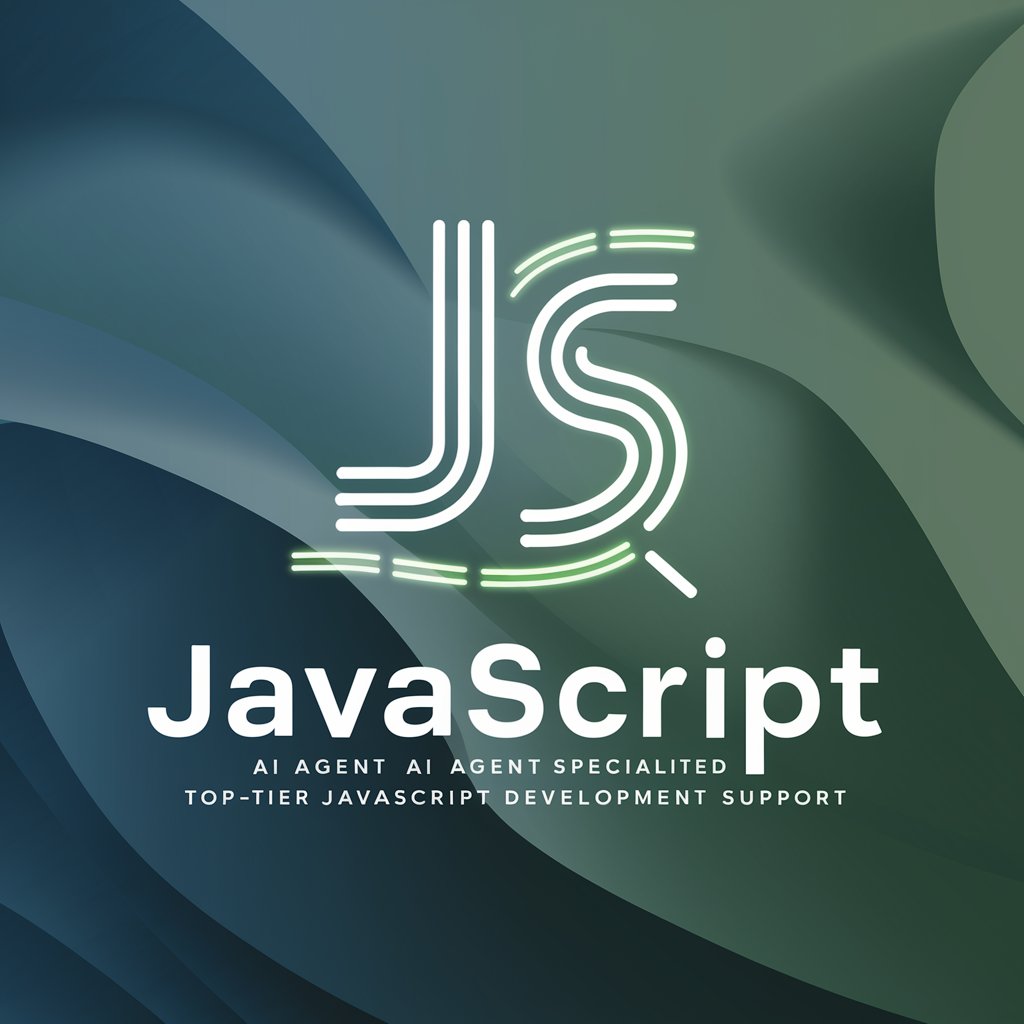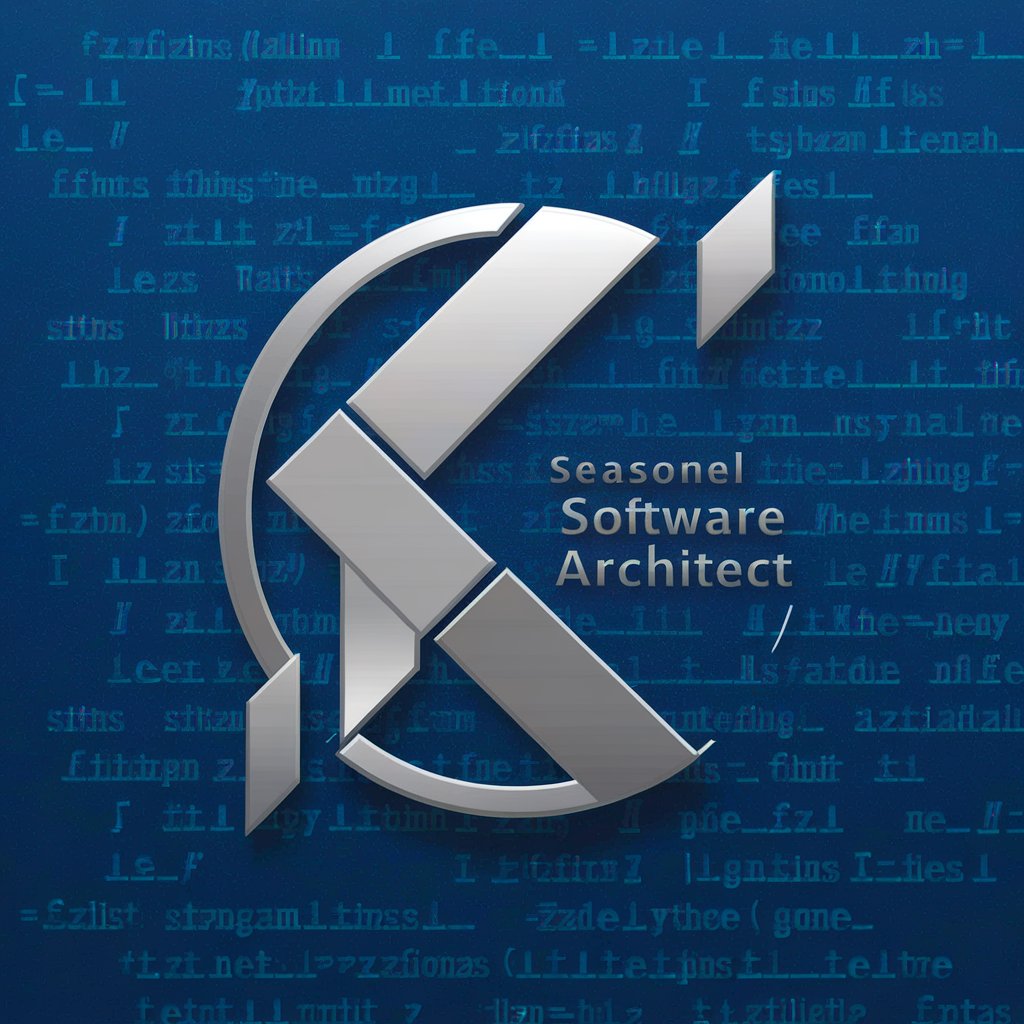Javascript - versatile web scripting

Hello! Need JavaScript help? Let's code together!
Empowering interactive web experiences
Explain the process of...
How can I optimize my JavaScript code for...
What are the best practices for...
Can you provide an example of...
Get Embed Code
Introduction to JavaScript
JavaScript is a versatile, high-level programming language primarily used for web development. It enables dynamic interactions on web pages, allowing content to be updated without reloading the page, and is a critical component of the web technology stack alongside HTML and CSS. Initially designed to make web pages alive by adding interactive effects, JavaScript has evolved to include server-side development, mobile app development, and more, thanks to environments like Node.js. Its event-driven, non-blocking I/O model makes it efficient for real-time applications, such as online gaming and chat applications. A typical example of JavaScript's utility is form validation on websites, where JavaScript checks user input for errors before the form is submitted, providing immediate feedback and enhancing user experience. Powered by ChatGPT-4o。

Main Functions of JavaScript
DOM Manipulation
Example
Dynamically changing the appearance of a webpage by altering its HTML and CSS.
Scenario
Changing the content of a <div> element to display a user's login status dynamically.
Event Handling
Example
Executing code in response to user actions like clicks, keyboard presses, or mouse movements.
Scenario
Adding an event listener to a 'Submit' button on a form, triggering form validation when the user clicks it.
AJAX (Asynchronous JavaScript and XML)
Example
Fetching data from a server asynchronously without reloading the webpage.
Scenario
Loading new posts on social media platforms without refreshing the page when a user scrolls to the bottom.
Animations
Example
Creating smooth, animated transitions on web pages.
Scenario
Animating a dropdown menu to slide down smoothly when a user hovers over it.
Web APIs
Example
Interacting with browser APIs and third-party APIs to extend functionality.
Scenario
Using the Geolocation API to fetch a user's location and display local weather information.
Ideal Users of JavaScript Services
Web Developers
Individuals or teams developing websites or web applications. JavaScript is indispensable for creating interactive and dynamic user experiences on the web.
Full-stack Developers
Developers working on both the front-end and back-end parts of applications. JavaScript, with its wide range of frameworks and libraries (e.g., React for the front-end and Node.js for the back-end), enables full-stack development using a single language.
Mobile App Developers
Developers creating mobile applications. Frameworks like React Native allow JavaScript to be used for developing apps for iOS and Android.
Real-time Application Developers
Developers of applications requiring real-time data updates, such as chat apps or live gaming. JavaScript's event-driven nature and frameworks like Socket.IO make it well-suited for these tasks.
Educators and Students
Educators teaching programming concepts and students learning to code. JavaScript's syntax is relatively easy to understand, and its application in web development provides immediate, visible results, making it a popular choice for education.

Getting Started with JavaScript
1
Start by learning the basics of JavaScript through online tutorials, documentation, and courses. Websites like Mozilla Developer Network (MDN) offer excellent resources.
2
Set up your development environment. This can be as simple as using a text editor (like Visual Studio Code) and a web browser to test your scripts.
3
Practice writing JavaScript code. Begin with simple scripts, such as creating dynamic content for web pages or handling user input.
4
Explore JavaScript frameworks and libraries (such as React, Angular, or Vue) to streamline development and tackle more complex projects.
5
Join JavaScript communities online. Platforms like Stack Overflow, GitHub, or specific subreddits can provide support, inspiration, and collaboration opportunities.
Try other advanced and practical GPTs
Angular Copilot
Elevate Your Angular Projects with AI-Powered Insights

Scalable Investment Shark
Empowering Your Investments with AI Wisdom

Multi-User Scalable Code GPT
Enhance backend systems with AI-driven scalability.

C Programming: Crafting Scalable Systems
Architecting the future with AI-powered C programming

UK Pentest, Hacking, Cyber Security Experts
AI-Powered Cybersecurity Insights

Cybersecurity for IoT Devices
Empowering IoT Security with AI

Ansible
Automate Everything with AI-Powered Ansible

Flutter
Build Beautiful, Natively Compiled Apps

Terms of Service Pro
Craft Your TOS with AI Precision

Baseball Terms Guru
Decoding Baseball, One Term at a Time

Thermo Creative
Innovate and optimize with AI-powered heat exchange design guidance.

Thermo Recetas
Elevate Your Cooking with AI-Powered Recipes

JavaScript Q&A
What is JavaScript used for?
JavaScript is primarily used for creating interactive web pages, web applications, server-side applications with Node.js, and even mobile applications.
Can JavaScript run outside the browser?
Yes, with platforms like Node.js, JavaScript can run on the server-side, enabling the development of fast and scalable network applications.
What are JavaScript frameworks?
JavaScript frameworks are collections of JavaScript code libraries that provide developers with pre-written code for routine programming features and tasks, simplifying the process of web app development.
How does JavaScript handle asynchronous operations?
JavaScript handles asynchronous operations through callbacks, promises, and async/await syntax, allowing for non-blocking operations such as API calls.
Is JavaScript only for front-end development?
No, JavaScript is not limited to front-end development. It's also widely used in back-end development with Node.js, and for building mobile applications with frameworks like React Native.
